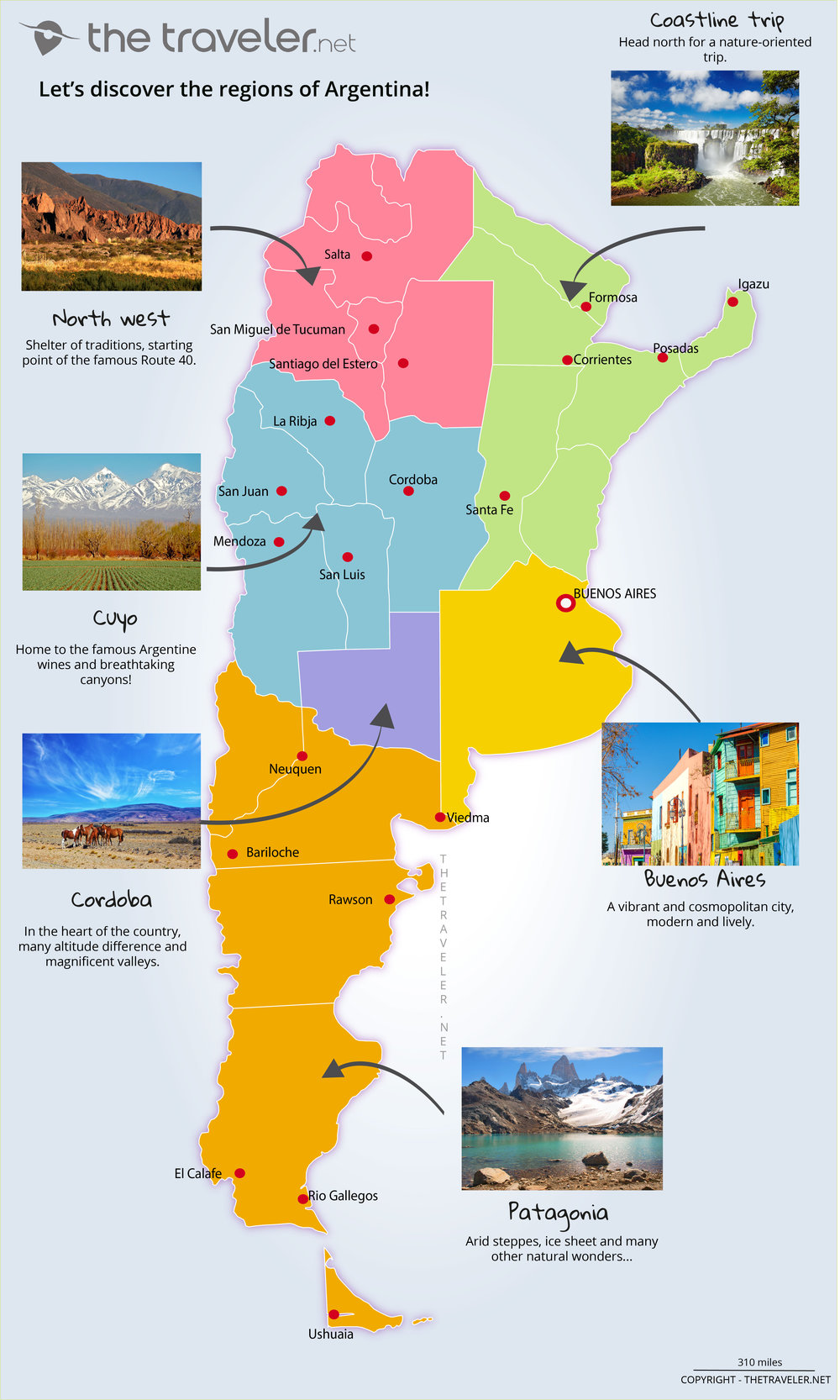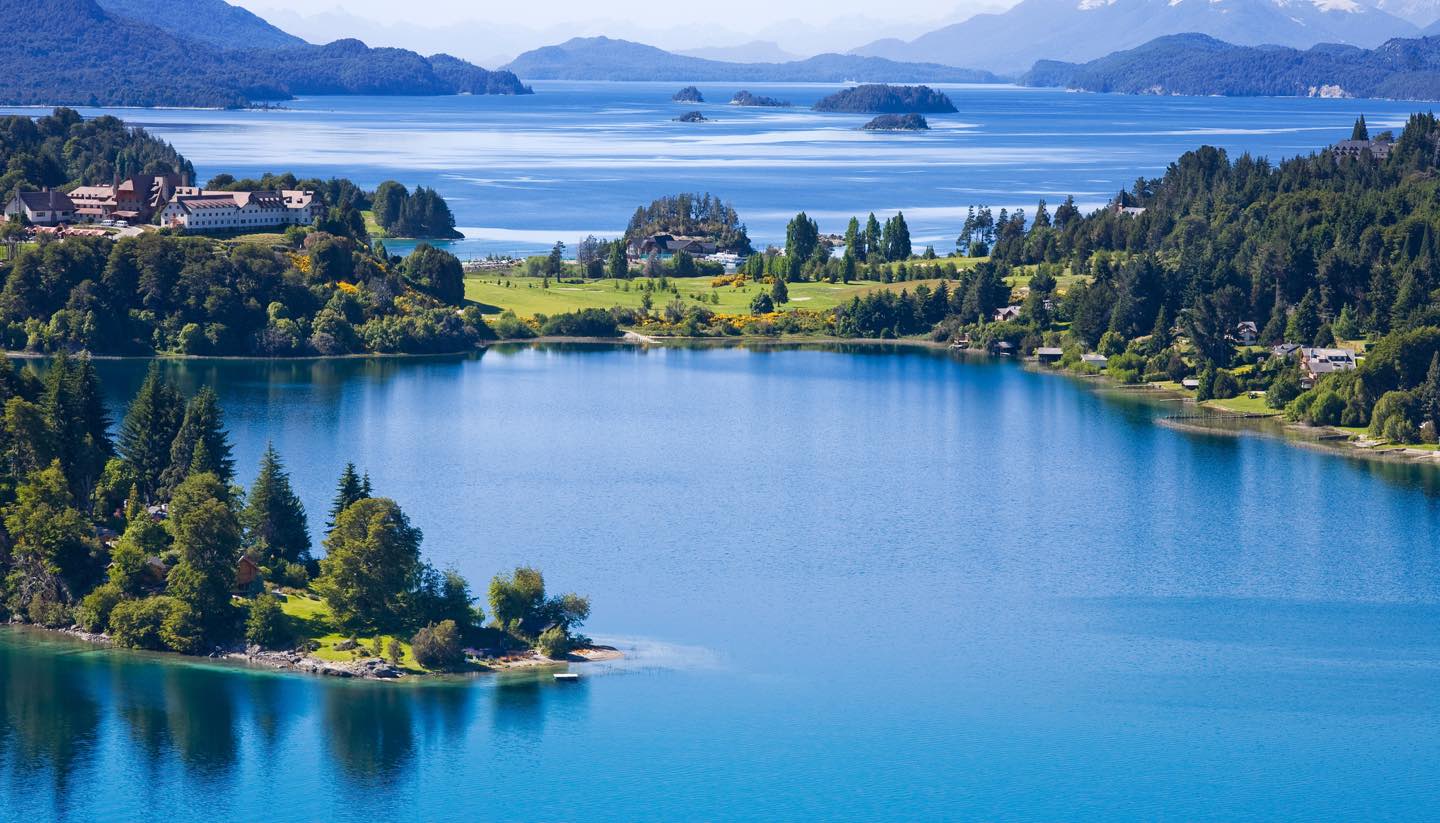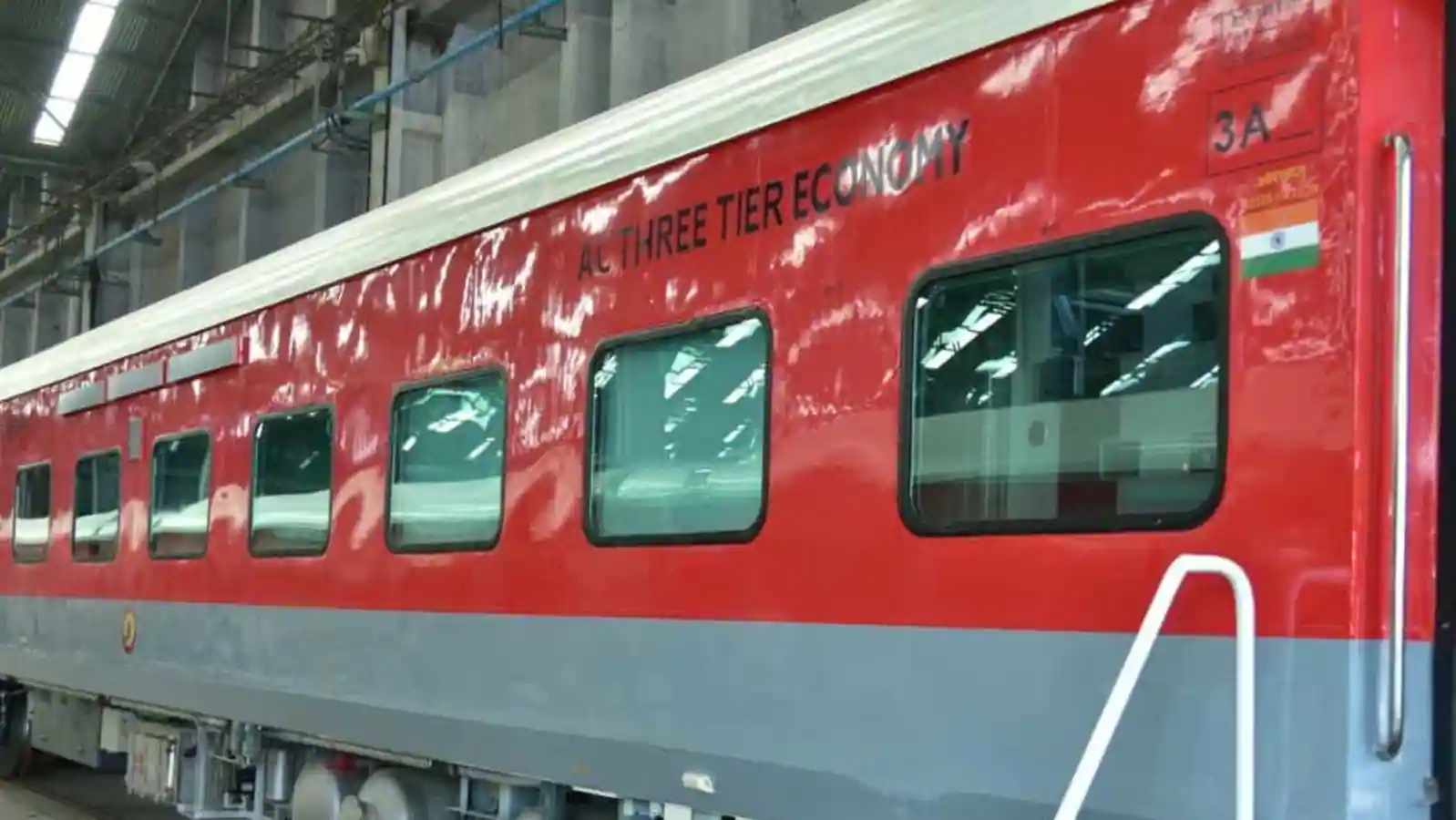Exploring Buenos Aires
The vibrant capital city of Argentina should certainly be at the top of any traveler’s list. With a population of over 3 million people, Buenos Aires has an incredible energy and cultural offerings rivaling other major world cities. Visitors will find European architecture and influences blending with Latin American culture. Some top attractions include: The historical districts of San Telmo and La Boca provide charming streets lined with colorful buildings to wander. Don’t miss the bustling Flea Market in San Telmo every Sunday. For a dose of art and history, visit the impressive Museo Evita housed in a magnificent building. The museum documents the life of beloved first lady Eva Peron. Another “must see” is Cementerio de la Recoleta, one of the most beautiful cemeteries in the world. Wander among ornate crypts housing the remains of some of Argentina’s most influential figures. The adjoining neighborhood is posh with tree-lined avenues and elegant high-rise apartments. Nearby is the premier Museo Nacional de Bellas Artes containing works from European masters as well as local artists. The vibrant shopping and restaurant district along Calle Florida is always bustling. Historic Plaza de Mayo is located nearby, fronted by the iconic pink Casa Rosada presidential palace. For a more alternative vibe, head to cool Palermo Soho full of hipster cafes, boutiques and street art. This globally-influenced quarter really encapsulates Buenos Aires’ cultural sophistication. Plan to spend at least 4-5 days exploring the many charms and hidden gems of this European-style city in South America. With its eclectic neighborhoods, intriguing museums, passionate tango scene and world-class dining, visitors are sure to fall in love with Buenos Aires.

Discovering Natural Wonders
While the majestic cities of Argentina provide memorable cultural experiences, the country also boasts incredible natural landscapes worthy of exploration. Iguazu Falls, patagonia and the Andes Mountains top any nature lover’s list. Here are some highlights: Located at the juncture of Brazil, Argentina and Paraguay, the massive Iguazu Falls are simply breathtaking. Spanning nearly 2 miles, these numerous cascading waterfalls pouring over 275 individual falls up to 200 feet high create a deafening roar. From both the Brazilian and Argentine sides, you can walk trails among the falls and get soaked by the spray. The sheer scale and power of the waterfalls make Iguazu a must-see natural wonder. Patagonia in the far south is a vast region known for its dramatic scenery carved by glaciers. The mountainous region around El Calafate provides access to the magnificent Perito Moreno Glacier in Los Glaciares National Park. Watch huge chunks of ice occasionally calve off the glacier’s towering face into Lago Argentino, creating thunderous booms. In nearby El Chaltén, trek among the jagged peaks of the Fiordo Region for expansive vistas. The mighty Andes Mountains stretch like a spine down the entire western edge of Argentina. Opt for a scenic train journey along the route traversing lakes, forests and glacial valleys up to the Chilean border. In Mendoza, grapevines blanket hillsides surrounding iconic Aconcagua, the tallest peak in the Americas at over 22,000 feet. Savor Malbec wines produced in the fertile soil of the Uco Valley. Factor in at least a week to fully appreciate Argentina’s extraordinary natural environments and landscapes. From pounding waterfalls to towering glaciers and the soaring Andes, nature displays its beauty throughout this interesting South American country.
Historical Jesuit Towns
In the 18th century, Jesuit missionaries established a series of reductions in what is now northern Argentina and neighboring countries. These towns aimed to convert and educate local Guaraní peoples in agriculture, crafts and religion. Today, many well-preserved towns remain picturesque time capsules of this unique historical period. A drive through the Jesuit route is highly recommended for history and culture buffs. Some highlights include: Established in 1610, San Ignacio Miní is located directly on the Paraná River and contains an impressive church with ornate facade and interior. Wander its cobbled streets lined with adobe houses and learn about the Jesuits’ system of communal living and self-sufficiency. Nearby, the charming town of Santa Ana boasts equally impressive architecture including a grand church and central plaza. Its museum sheds light on the Jesuits’ enlightened educational approach for the indigenous population. Deep in the verdant countryside, San José de Feliciano impresses with a large convent complex comprising chapels, living quarters and workshops all surrounded by stone walls. Admire the well-preserved ruins while imagining life centuries ago. For panoramic vistas, continue to Concepción del Uruguay perched on a hill. Its 18th-century church showcases elaborate carvings and paintings. Nearby Colonia del Sacramento in Uruguay can easily be visited from Argentina as well. Plan at least 2-3 days exploring the many well-preserved Jesuit settlements rich in history and cultural heritage. The tranquil atmosphere transports visitors back to a fascinating period of South American history.
Outdoor Adventures in Cordoba
While Buenos Aires dazzles with its sophistication, Cordoba offers a slower pace perfect for outdoor enthusiasts. The provincial capital delights with charming colonial architecture and a delightful climate without the crowds. Nearby, varied landscapes invite multi-day adventures. Here are some top outdoor activities: The rugged peaks and valleys of the Sierra Chica Mountain Range near Villa Carlos Paz beckon hikers and climbers of all skill levels. Multi-day treks venture among secluded lakes, waterfalls and alpine scenery. Spot abundant Andean condors soaring on thermals. Explore remote national parks protecting unusual environments such as the otherworldly rock formations and cacti forests of Quebrada del Condorito. Spot endemic birds and keep an eye out for the charismatic condor. Paddling enthusiasts will love navigating beautiful rivers like the crystal clear Xanaes River flowing through limestone canyon scenery dotted with cliff dwellings. Look for native otters, fish and birdlife along the tranquil waters. Horseback riding through estancias dotted with oaks provides the chance to spot wildlife like guanacos and rheas across grassy plains. Or learn polo, the national sport, at one of many polo clubs in Alta Gracia. Cordoba offers endless opportunities for multi-day hiking, cycling, climbing and river adventures through its varied rugged and pristine landscapes. Nature lovers will enjoy a slower pace exploring Cordoba’s outdoor wonders.
Where to Stay & Dine
Argentina offers a variety of accommodations from international chains to intimate family-run options with local charm. Here are some recommendations depending on budget and location preferences:
In Buenos Aires, centrally-located Hotel diseño in trendy Palermo oozes hipster vibes in a renovated mansion with a lively rooftop bar. For old-world elegance, stay at the historical Hotel Plaza near the Obelisk. Budget travelers appreciate the clean dorm rooms and common areas at Five Hostel in San Telmo.
In the Andes, charming mountain lodges provide cozy rooms and multi-course meals highlighting regional dishes like steaks and wild trout. Top choices include Posada del Molino overlooking Mendoza and the sophisticated yet intimate Posada Waiken in San Carlos de Bariloche.
For city stays in Cordoba with character, opt for CasaSur Boutique Hotel, a restored 19th century mansion. In the countryside, charming family-run Estancia Santa Catalina offers horseback riding activities, hikes and delicious home cooking on a working farm.
Argentina amazes with its culinary bounty, from succulent grilled meat to fresh seafood and amazing wines. Some standout restaurants include upscale Don Julio and traditional El Refuerzo for grilled meats in Buenos Aires. In Mendoza, book ahead for acclaimed Enzo Boga serving regional favorites alongside premium wines. Cordoba sees culinary innovation at Los Molinos fusing local dishes with global flavors.
A combination of wonderful sights, adventures and authentic dining experiences make Argentina a destination lovers of culture, history, nature and food will want to return to again and again. Plan to allow enough time in each featured location for exploring at a leisurely pace. Utilize accommodations strategically sited for accessing top attractions and activities specific to each region.

 An Objective Analysis of Indian Railways' AC 3 Economy Coaches
An Objective Analysis of Indian Railways' AC 3 Economy Coaches